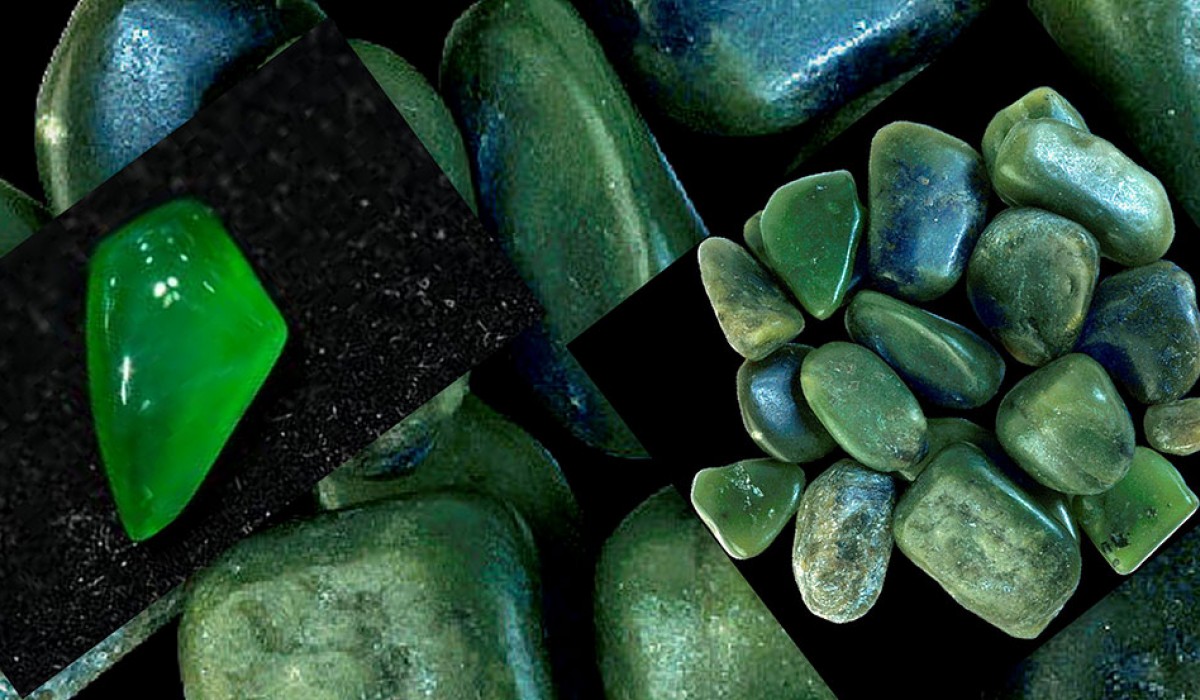Jade: the mystic stone
When we say "Jade" we refer to a very long lasting and pretty stone that has been shaped into statues, jewelry, gemstones and other items for over 5,000 years. In ancient times, weapons and hammers were made of jade because of its strength.
Many people associate jade to a gorgeous green gemstone, but this material is also available in a broad range of colors that include green, white, lavender, yellow, blue, black, red, orange, and gray.
Jade is actually a generic term for two different gemstones: Nephrite and Jadeite. Nephrite is the traditional form of Jade, is smoother than jadeite, and has a lower density. This material is rich in calcium, magnesium, iron. Its range of colors bary from grey to brown to bluish green and even black. Jadeite, also called “Burmese Jade” it’s a sodium-rich aluminous pyroxene and the finest form of Jade. It boasts a vaste palette of vivid colors, the most prized of which is the “Imperial Green”.
Jade’s sturdiness is somewhat legendary: along with hematite, this is the toughest of all known stones.
Jade has the prestige of the most admired precious stones as well as immense symbolic value: Confucius believed that jade firstly contained the 11 virtues of man (including benevolence, loyalty and credibility). Maybe this is why the stone is considered a “mystic gem”. Jade is believed to work as a magnet for friendship and good luck. It’s also dubbed “dream stone” as it’s able to inspire a spiritual, metaphysic state that brings creative ideas and releases negative influences.
C.F.






